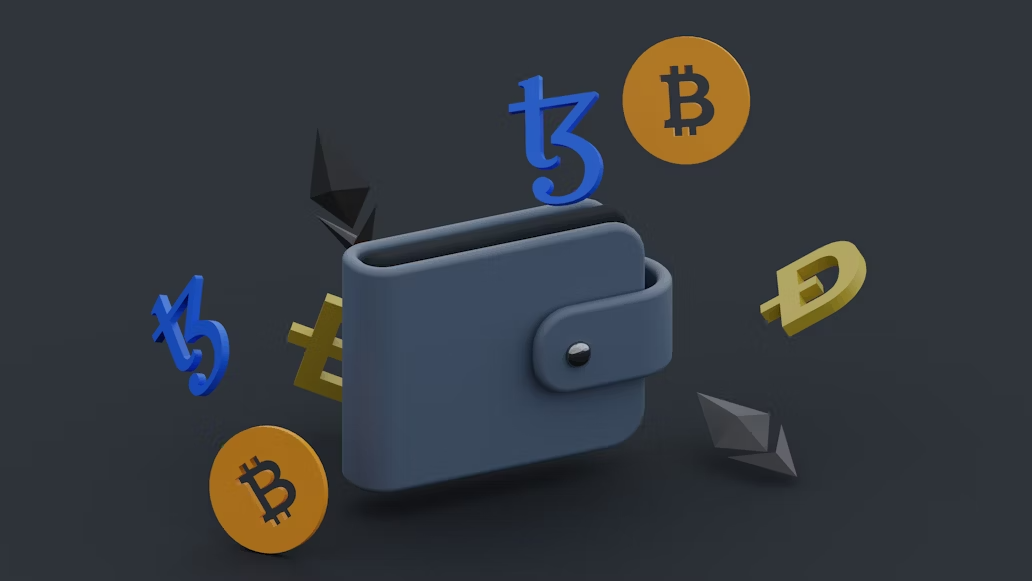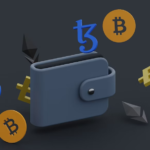Generating passive income has long been a goal for many investors seeking returns without daily active work. In the world of cryptocurrencies, one of the most accessible methods is staking your digital assets. This article explains how crypto staking works, how you can begin, the benefits and risks, and best practices to make it a reliable source of income.
What Is Crypto Staking?
Crypto staking refers to locking up—either directly or via delegation—your tokens within a blockchain network that uses a proof-of-stake (PoS) or similar consensus mechanism. The network uses those staked tokens to validate transactions, secure the network and maintain operations. In exchange, token holders receive rewards.
Unlike mining (which requires hardware and power), staking is more akin to putting your assets to work while you hold them. The quoted rewards may appear attractive, but the actual return depends on many factors.
Why Staking Can Be a Passive Income Strategy
Minimal intervention after setup
Once you’ve chosen the token, validated your wallet, and selected a staking method, you largely step back and collect your rewards. That’s what makes it “passive.”
Supporting network functionality
By staking, you are contributing to the security and operation of a blockchain. This gives the activity a utility beyond mere speculation.
Diversification beyond trading
Staking offers an alternative to trading crypto for gains by instead using holdings to generate yield. While not immune to price risk, it aligns more with holding and earning.
How Staking Works: Step by Step
1. Choose a compatible token
Not all cryptocurrencies support staking. You’ll need to pick one that uses PoS or a similar mechanism. Examples include Ethereum (ETH), Cardano (ADA), Polkadot (DOT) and others.
2. Acquire the token
Purchase the token via an exchange or platform, then transfer to a wallet that supports staking (if required).
3. Select a staking method
There are several approaches:
- Custodial/Exchange-based staking: You deposit your token into a platform that handles staking for you. It’s the easiest but may involve a fee or lock-up.
- Delegated staking: You keep your tokens in your own wallet but delegate to a validator. You retain control but rely on the validator’s performance.
- Running your own validator: You operate a node yourself — technically demanding and usually for large holders only. Returns may be higher, but so is risk.
4. Stake and wait
You lock up the token (or delegate it). Depending on the chain, there may be a minimum amount, a lock-up period, or a cooldown when you unstake. After that, rewards start accumulating.
5. Monitor and reinvest or withdraw
You can periodically review your rewards and decide whether to reinvest (compound) or withdraw. Over time, compounded rewards can enhance your yield.
Benefits of Staking
- Predictable yield: Compared to volatile trading, many staking programs give more stable return estimates.
- Reward in kind: You often receive more of the same token, so if the token rises in value, your overall holding may increase.
- Low upkeep: Once set up, you generally don’t need to intervene unless something changes.
- Contributing to decentralisation: By staking, you help maintain the blockchain’s integrity and security.
Risks and Things to Consider
Price volatility
Even if you earn 5 % or 10 % per year in token rewards, if the token drops 30–40 % in value, your net outcome may be negative.
Lock-up or cooldown periods
Some networks require you to lock your tokens for a period, or require a delay when unstaking. This can hamper your ability to respond in a market downturn.
Validator performance and slashing
If you delegate to a validator who behaves poorly, or runs unreliable software, you may receive fewer rewards or suffer penalties (“slashing”).
Platform or protocol risk
Using custodial platforms or staking services adds counter-party risk. In some jurisdictions, the regulatory status of staking services is under scrutiny.
Choosing the Right Stake Strategy
Compare yield vs risk
Check the annual percent yield (APY) offered, but also factor in lock-up duration, flexibility, token quality and project fundamentals.
Consider token fundamentals
Is the network well-established? Is the staking model sound? What is the expected inflation or issuance rate of rewards?
Use reliable validators or platforms
If delegating, choose a validator with good uptime, reputation and reasonable fees. If using a custodial platform, review terms and fees.
Understand tax implications
Staking rewards may be taxable as ordinary income (depending on your country) when you receive them or when you sell them.
Never stake more than you’re comfortable holding
Since the value can fluctuate, only stake amounts you’re comfortable holding long-term.
Example Token Use-Case: Ethereum Staking
When Ethereum transitioned to proof-of-stake, staking became available. Users can deposit ETH, stake it directly (32 ETH minimum for a validator) or use pooled services. Returns vary based on network participation and issuance. Errors or downtime by validators can reduce rewards. This is an ideal demonstration of how staking works at scale.
Best Practices to Maximise Passive Income
- Automate reinvestment – Whenever possible, choose platforms that allow automatic compounding of rewards.
- Monitor performance – Occasionally review validator or platform performance for changes or risks.
- Stay informed about protocol updates – Networks evolve; lock-up periods, reward rates or rules may change.
- Diversify staking across tokens – Don’t stake all holdings in a single token or network.
- Have an exit plan – Know when and how you can unstake, what the cooldown is, and under what conditions you might exit.
Final Word
Staking cryptocurrency offers a viable pathway to passive income for investors willing to hold digital assets and tolerate crypto-specific risks. By selecting solid tokens, reliable platforms or validators, and aligning with your risk tolerance, you can build a steady income stream that works for you while you sleep. However, this strategy is not without its hazards—volatility, lock-ups and platform risks all remain real.
If you’re ready to dive in, start small, keep informed and treat staking like one component of a broader investment approach.










